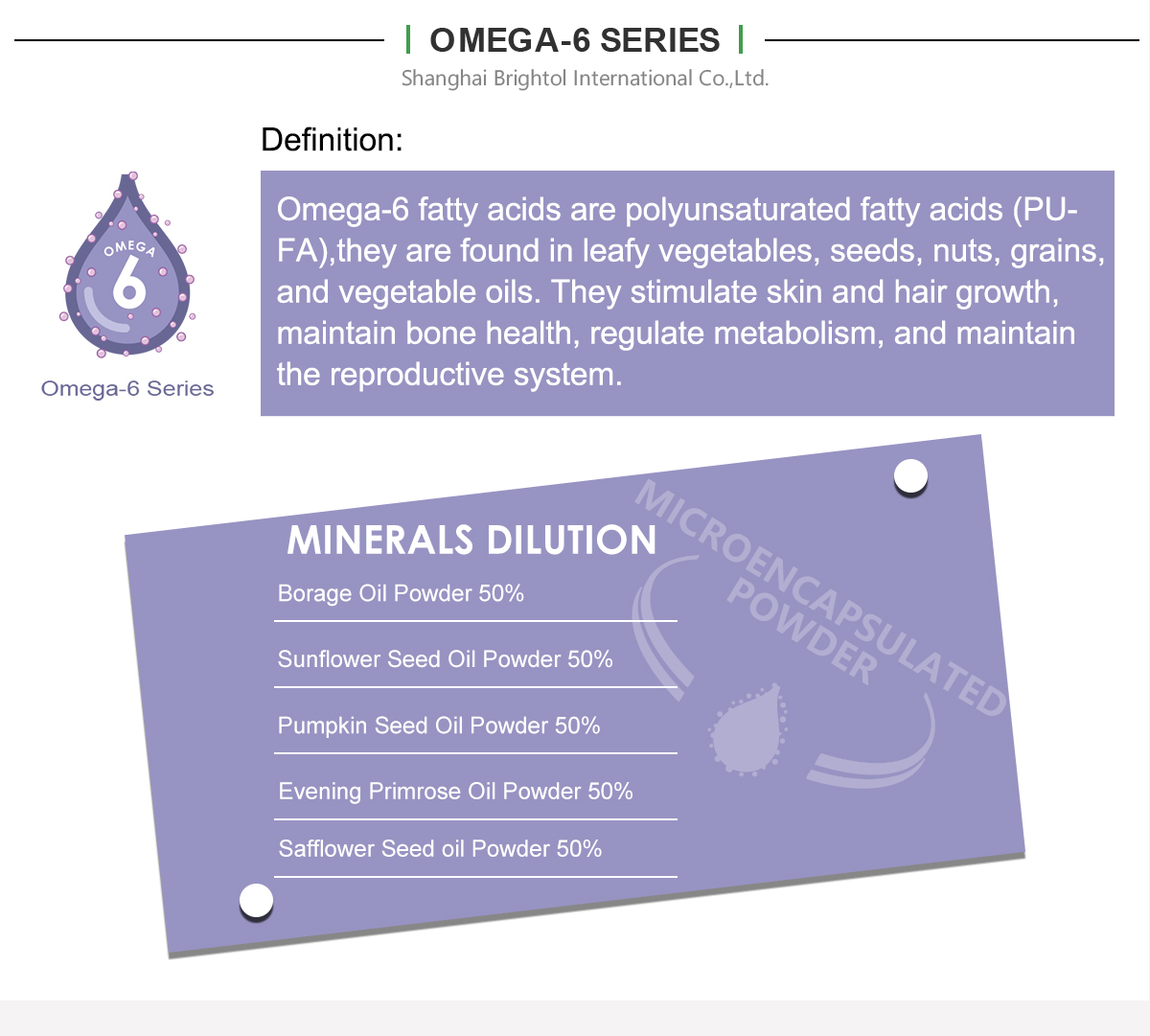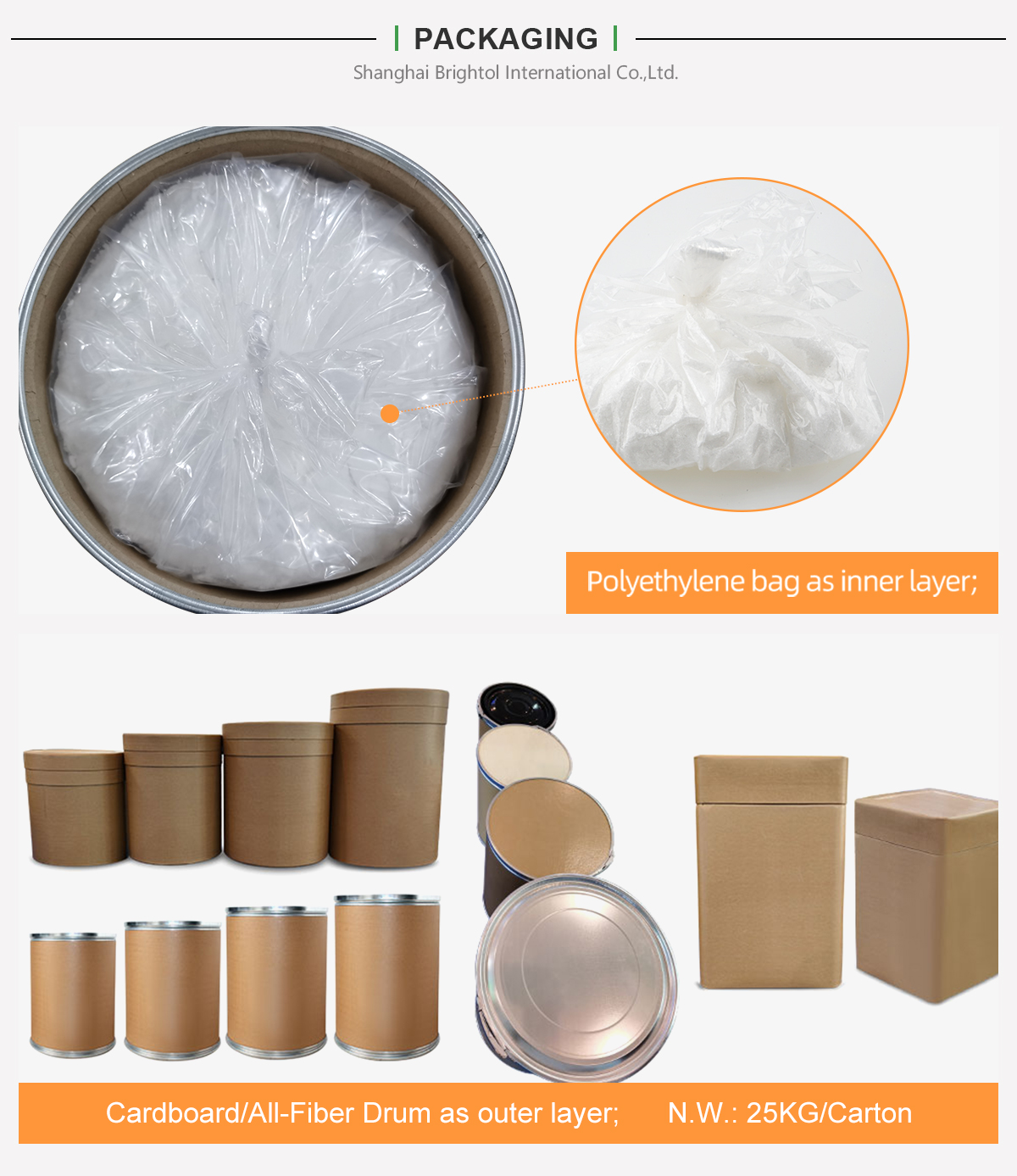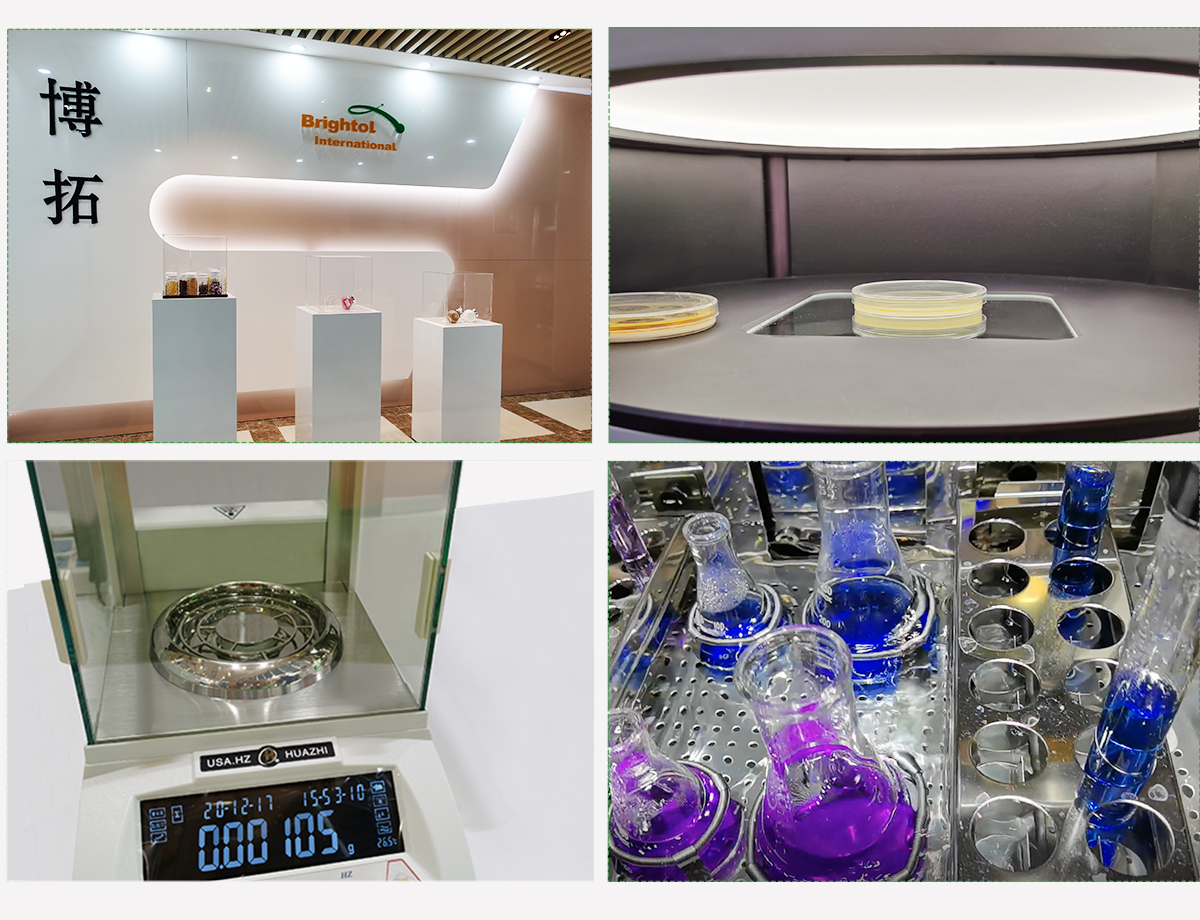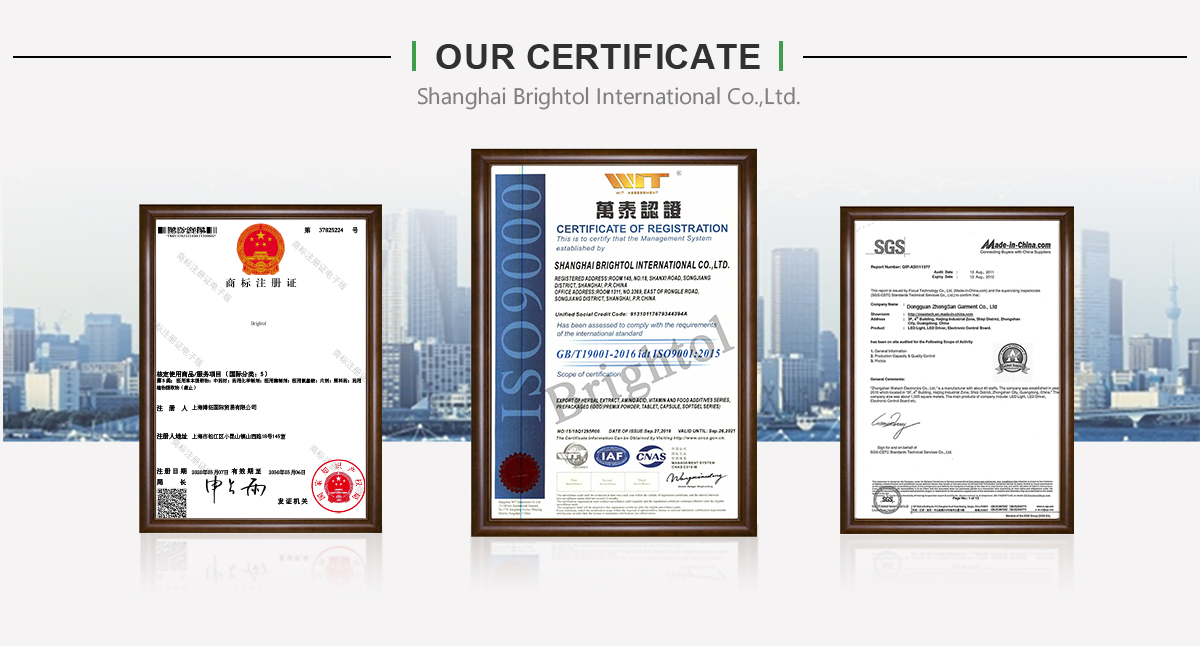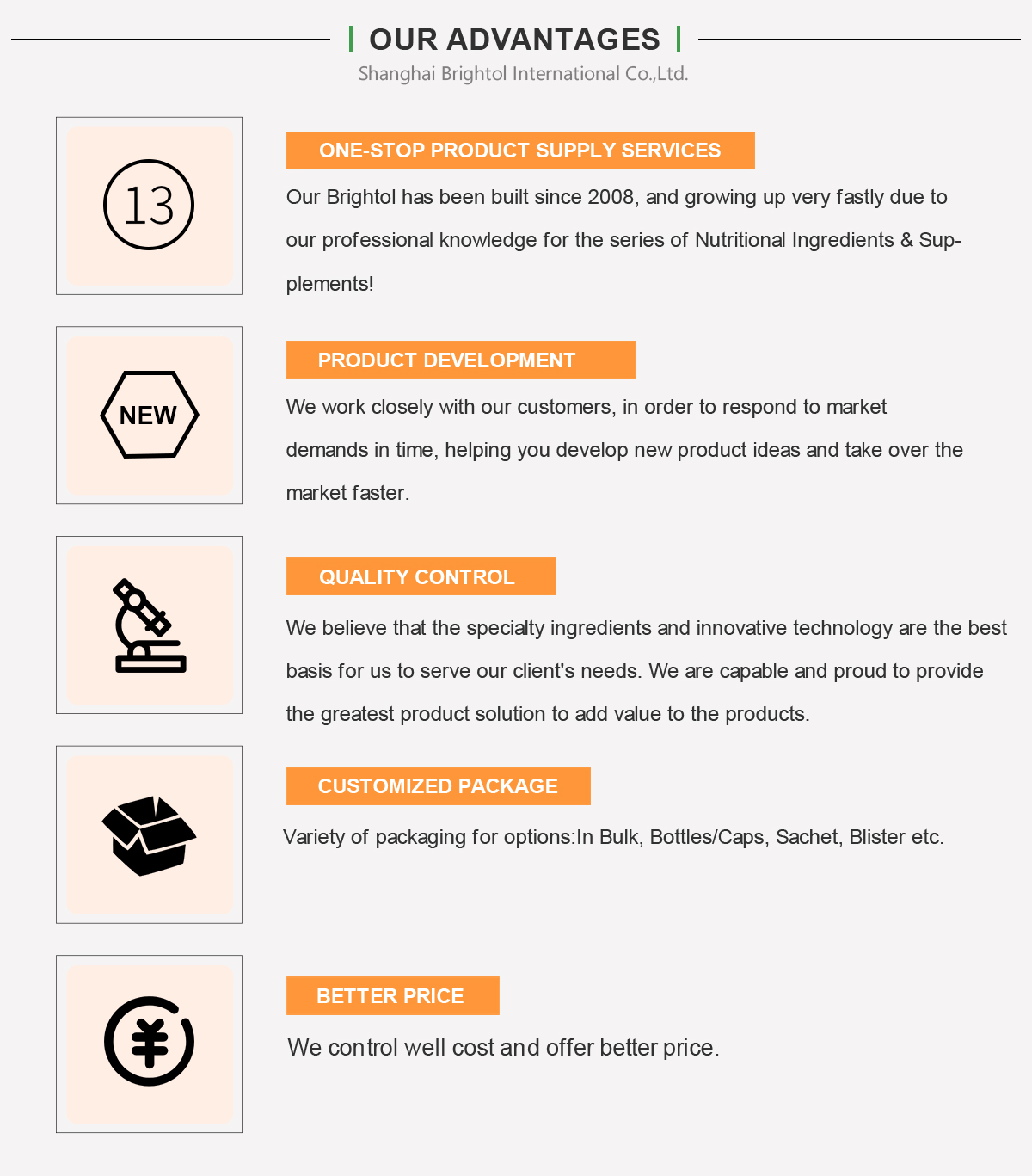

Products name: Evening Primrose Oil Powder
Plant source: Seeds of Oemnothera glaziouiana Mich
Material source: Organic Evening Primrose Oil
Active ingredient: gamma-Linolenic Acid (Ω-6)
CAS Number: 506-26-3
Molecular formula: C18H30O2
Molecular weight: 278.43
Characteristics: Off-white or slight yellow-white free flowing powder, CWS (cold water soluble).


Evening Primrose Oil Powder (Omega-6)
Microencapsulated Evening Primrose Oil Powder contain gamma Linoleic Acid (GLA), an omega-6 essential fatty acid that human body converts to the anti-inflammatory prostaglandin E1 (PGE1), has many important functions for human body.
Microencapsulated Evening Primrose Oil Powder is a nutritional supplement or nutritional enhancer, widely used in food, health food, dairy products and beverages applications, Microencapsulated Evening Primrose Oil Powder has the outstanding use advantages than Evening Primrose Oil.
Products name: Evening Primrose Oil Powder
Plant source: Seeds of Oemnothera glaziouiana Mich
Material source: Organic Evening Primrose Oil
Active ingredient: gamma-Linolenic Acid (Ω-6)
CAS Number: 506-26-3
Molecular formula: C18H30O2
Molecular weight: 278.43
Characteristics: Off-white or slight yellow-white free flowing powder, CWS (cold water soluble).
Specifications:
Evening Primrose Oil Powder gamma-Linolenic Acid (Ω-6)
Function
1. Anti-Inflammatory may improve rheumatoid arthritis
2. May help relieve women’s hormonal symptoms
3. May help improve skin conditions
4. May help cancer prevention and diabetics
5. Prevent damage from multiple sclerosis
6. Help Alzheimer’s related memory deficiencies
7. Prevent alcohol withdrawal symptom
Advantages of Microencapsulated Evening Primrose Oil Powder VS traditional Evening Primrose Oil
1) Protecting an active ingredient during food processing and storage
2) Improved handling of the active ingredient, for example, conversion of liquid in solid
3) Masking off-taste, odor and color
4) Creating textural and flavor effects
5) Control of active ingredient release.
6) More convenient handling during processing
7) Raises the additional values of production, extending the whole supply chain.
8) Increases the complexity of processes and characterization of fortified products.

